ABLE Bodies Balance Training (Original PDF from Publisher)
| Edition |
1st |
|---|---|
| Format |
Publisher PDF |
| ISBN 10 |
1880966425 |
| ISBN 13 |
978-1880966426 |
| Language |
English |
| Published Year |
2008 |
| Publisher |
Human Kinetics |
- Best Price Guaranteed
- Best Version Available
- Free Pre‑Purchase Consultation
- Immediate Access After Purchase
$64.90 Original price was: $64.90.$24.00Current price is: $24.00.
Categories: Sport Medicine
This practical instructor’s guide offers over 130 balance and mobility exercises that take flexibility, strength, and cardiorespiratory endurance into account. The exercises help older adults maintain their balance while performing daily tasks, which increases their self-confidence, lowers their risk of falling, and improves their quality of life. ABLE Bodies Balance Training is an activity-based program designed to improve balance and mobility for both fit and frail older adults.
A randomized, controlled study supported by the National Blueprint and Active Aging Partnership demonstrated the efficacy of the ABLE Bodies practices that form the basis of the text. The findings demonstrated that for individuals aged 70 and over residing in retirement and assisted living institutions, ABLE Bodies exercise dramatically enhanced their strength, flexibility, gait speed, mobility, balance, and activity levels.
Balance of ABLE Bodies To balance training, current research and a component-based strategy are used. All five of the program’s components—flexibility, strength, cardiorespiratory endurance, balance and mobility, and posture and core stability—should be covered in the exercises that instructors employ. Using already-existing facilities and low-cost equipment, the workouts and activities are simple to execute. Additionally, they promote enjoyment and social interaction, which aids educators in establishing and preserving a lively and upbeat atmosphere that enhances motivation, communication, and overall development.
The application can be tailored based on experience level and utilized in both group and individual settings:
-The 16-week session plan is a well-rounded training program that may be followed by beginning instructors to properly advance senior citizens through the exercises. The content is comprehensive and might be used for a curriculum that lasts a year.
To accommodate the unique demands of their older adult clientele, more seasoned instructors may choose exercises and activities from each of the five component groups. The component-based arrangement of the text allows educators to quickly incorporate both exercises and conceptual ideas in entertaining, engaging, and creative ways into their existing curricula. As a bonus, access to a special ABLE Bodies Balance Training Web site is included with the book. There are fifteen activity handouts available for download, which teachers can print off and give to patients or clients to complete at home. Additionally, it provides downloadable handouts of every balance training exercise in the book—more than 130 conceptual ideas and exercises—for them to use in their own session planning or to help them carry out the 16-week session plan.
The book also provides a number of resources, such as detailed directions, examples of language to use to motivate participants, suggestions for increasing the difficulty of the exercises, and advice on how to keep people safe while completing them.
Fit and frail elders can benefit from more independence in everyday living thanks to the tried-and-true exercises and cognitive activities in ABLE Bodies Balance Training. Fitness and healthcare professionals can teach and inspire older persons to enhance their health, self-confidence, and stability by implementing the ABLE Bodies Balance Training program into their job.



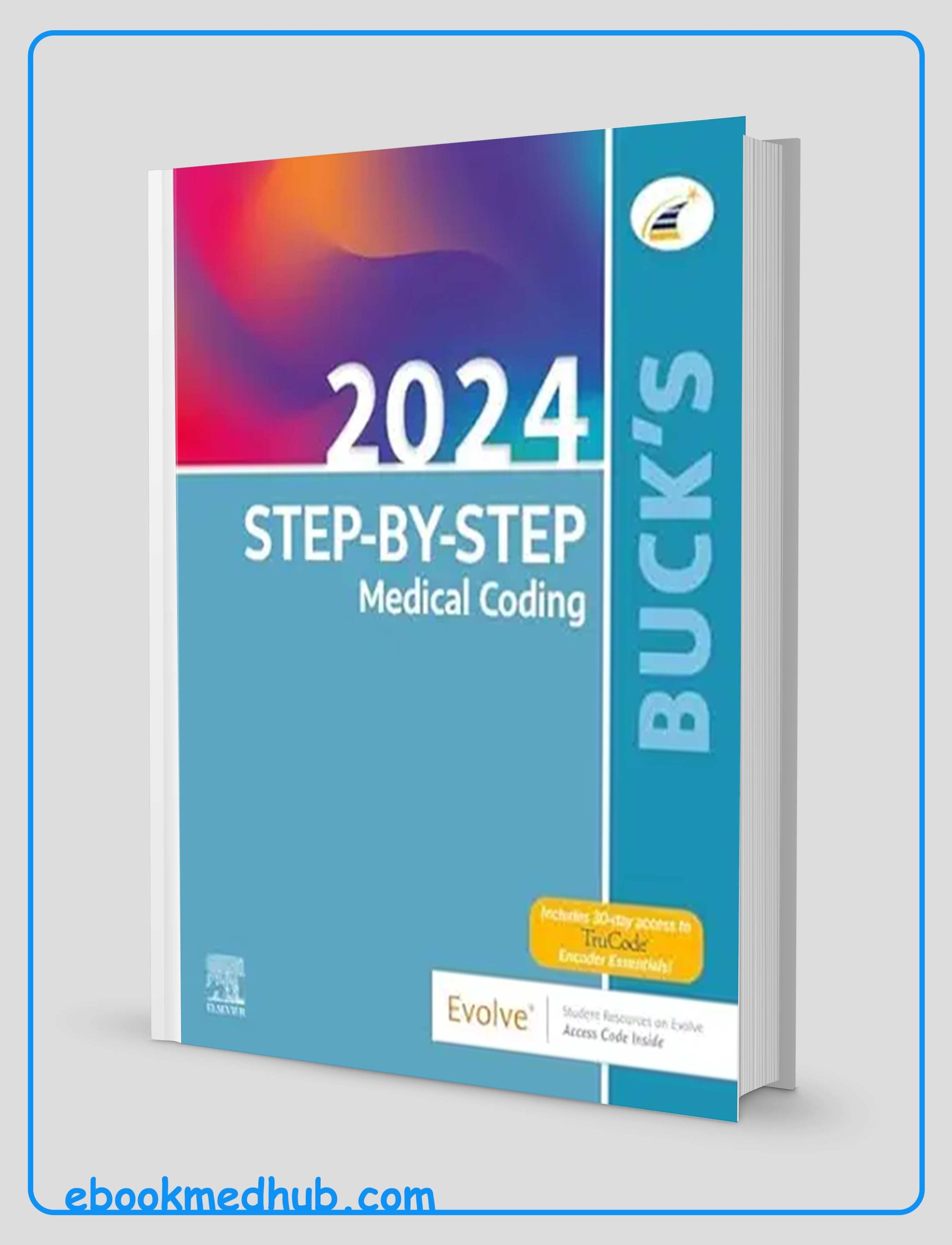
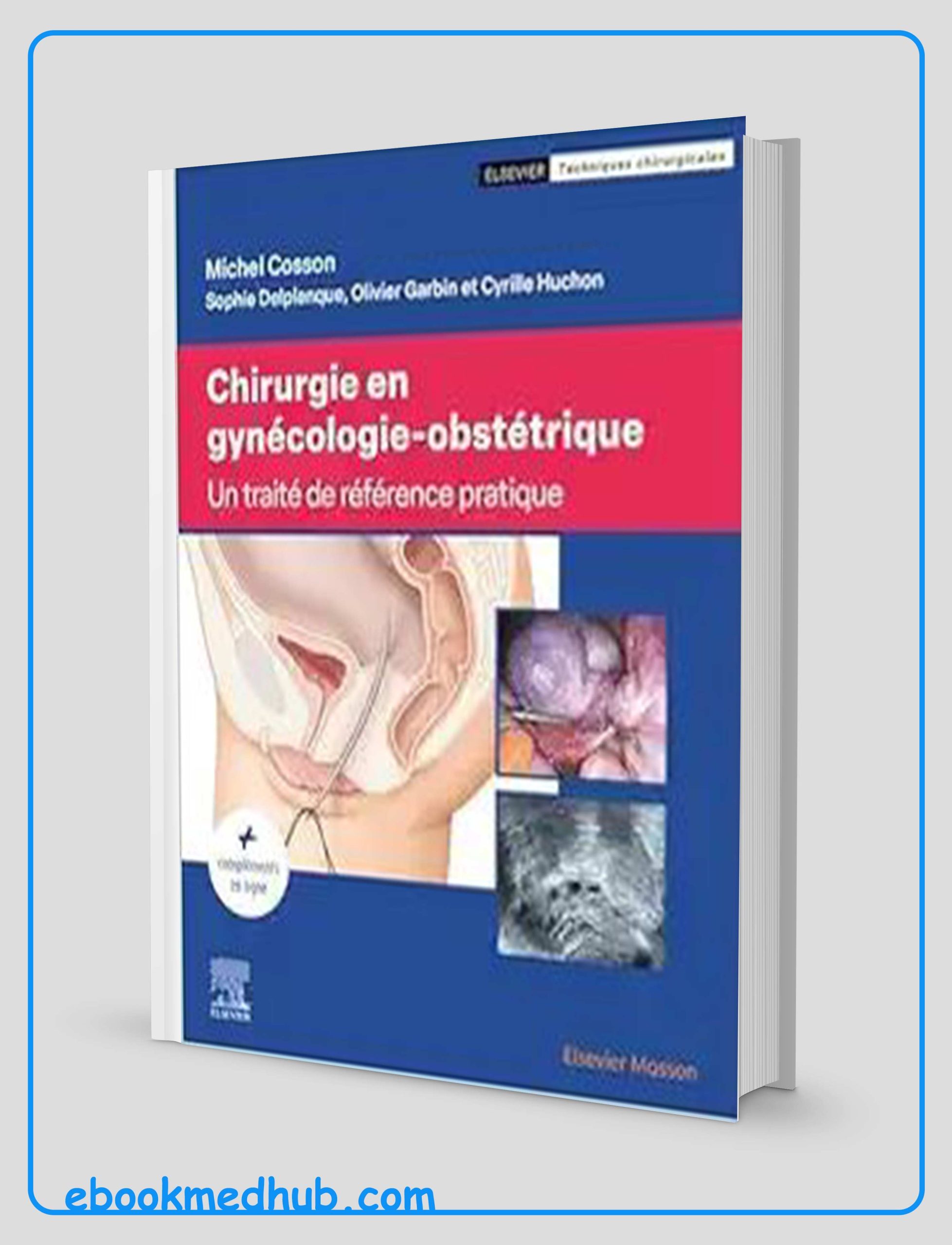

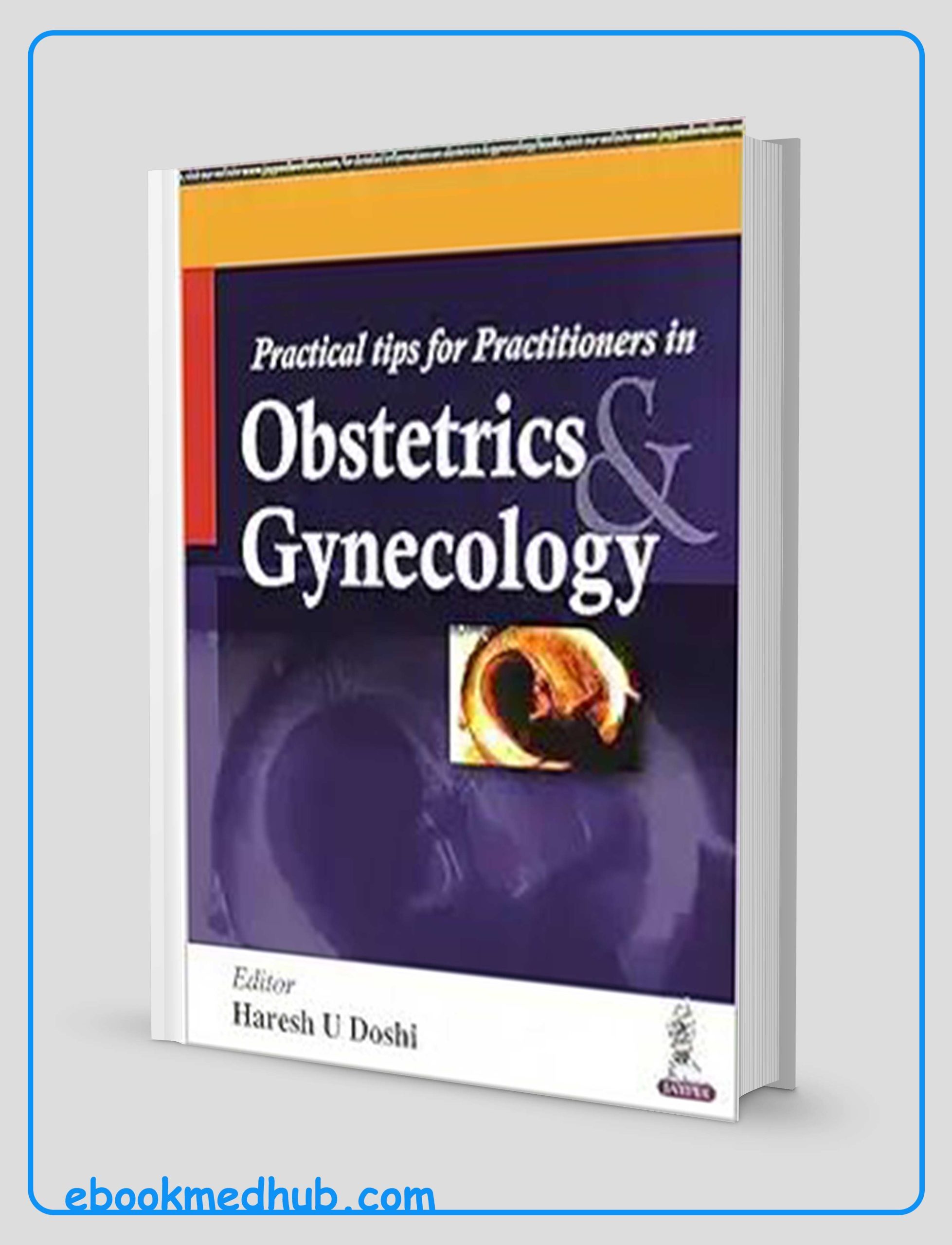

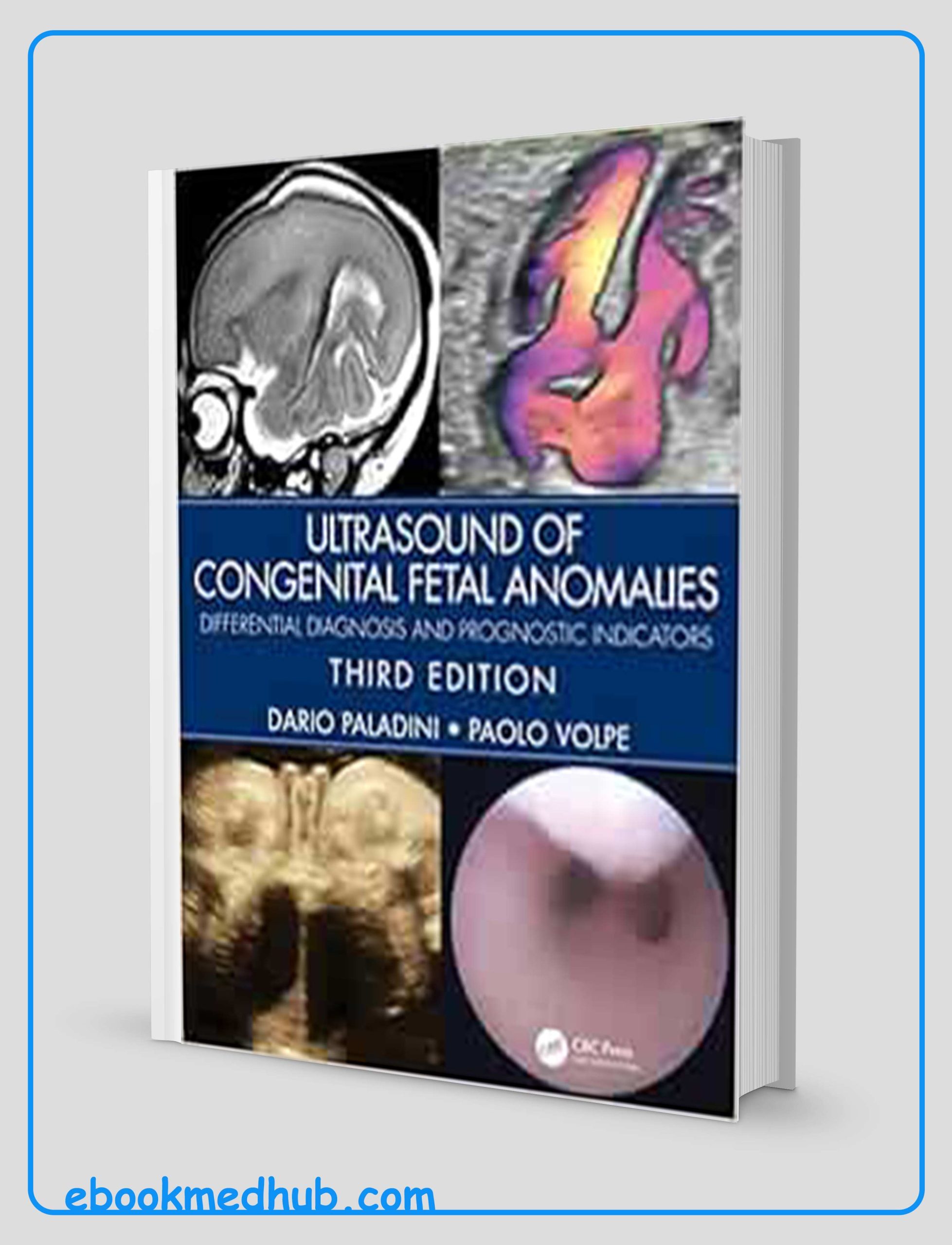

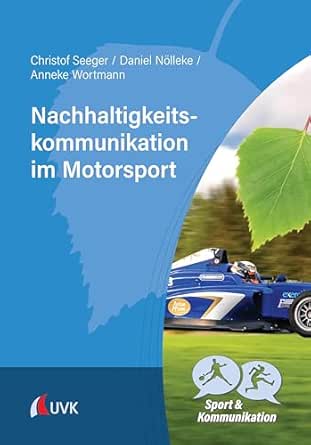
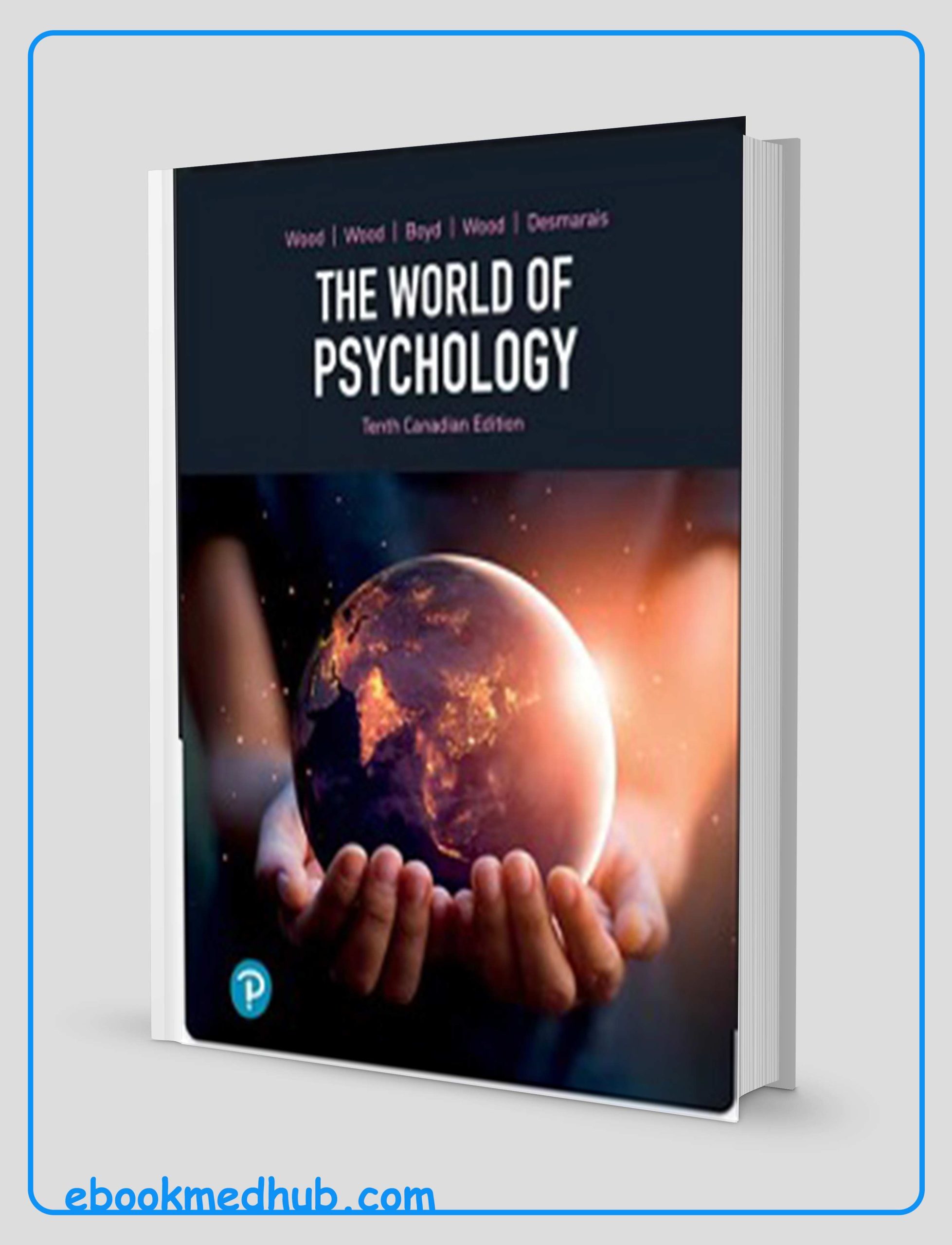
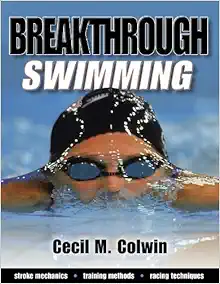



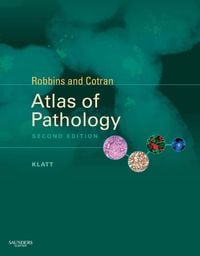

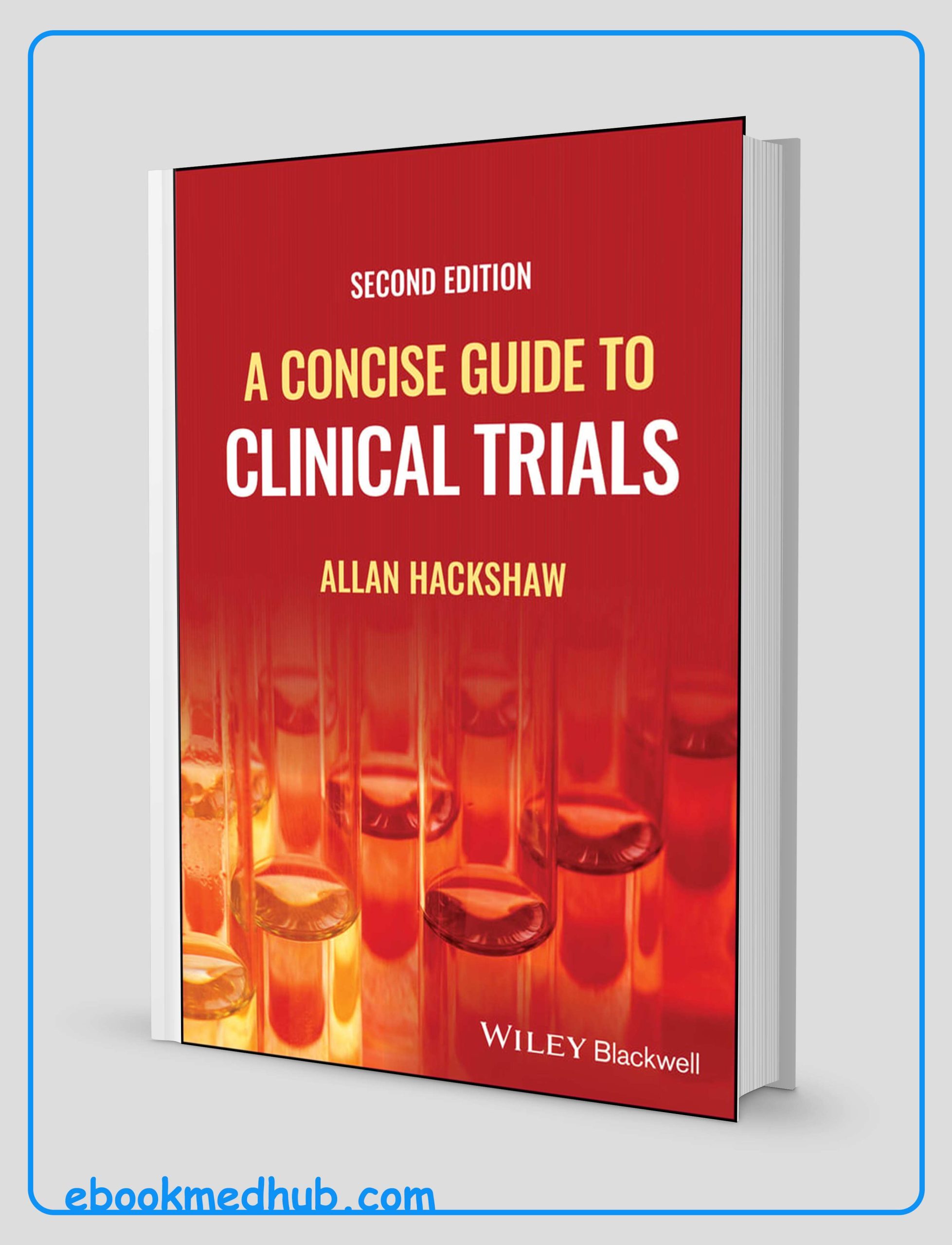
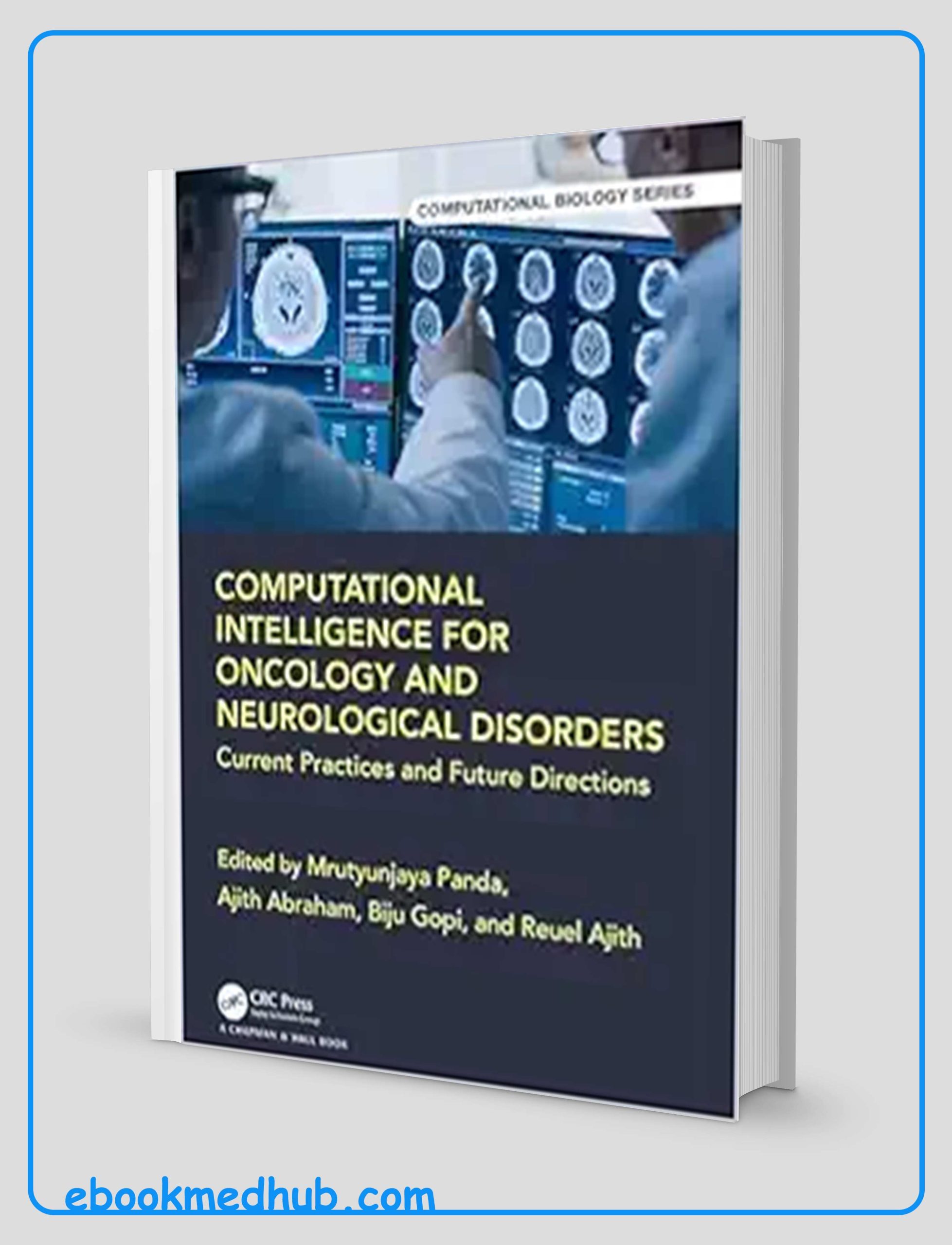
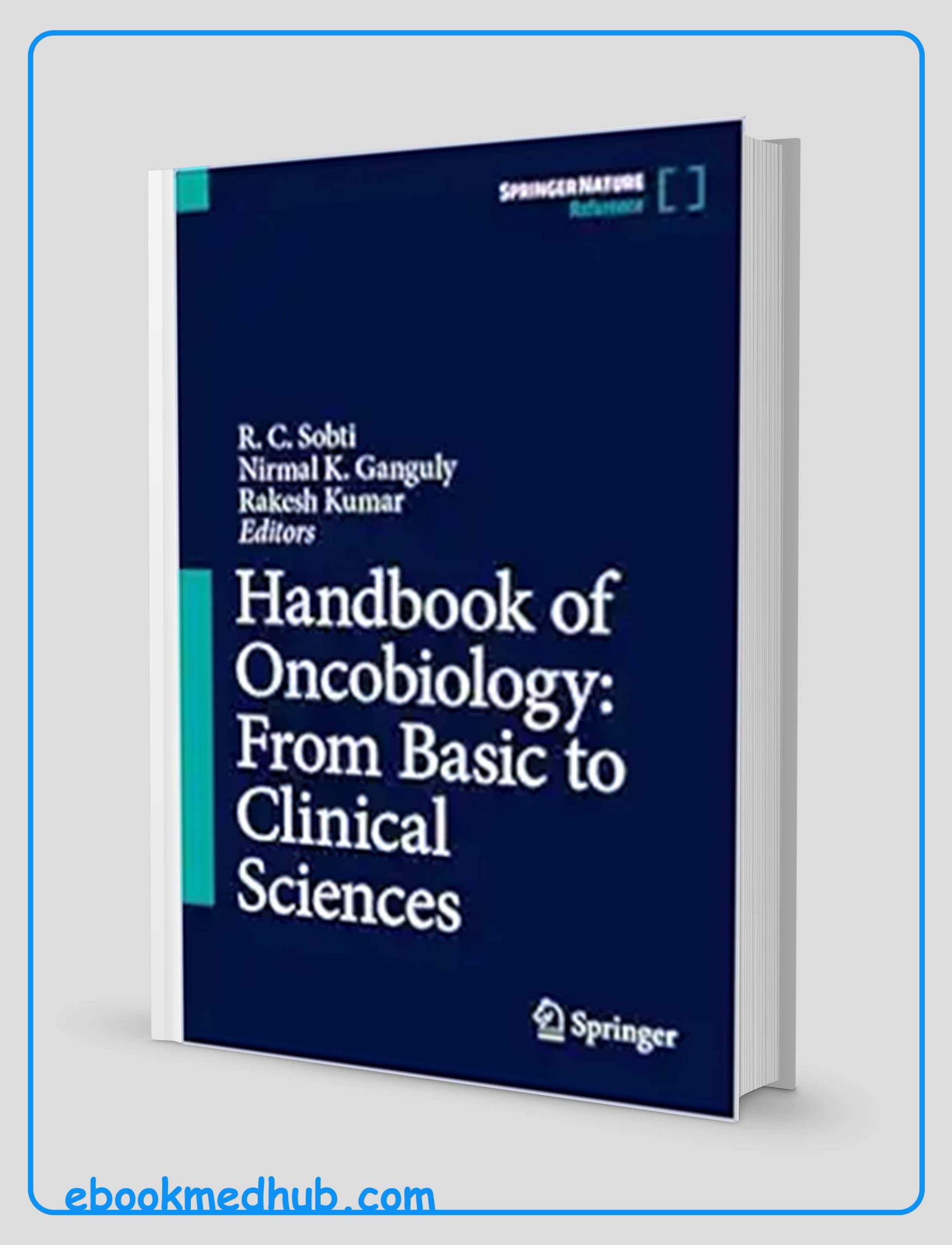
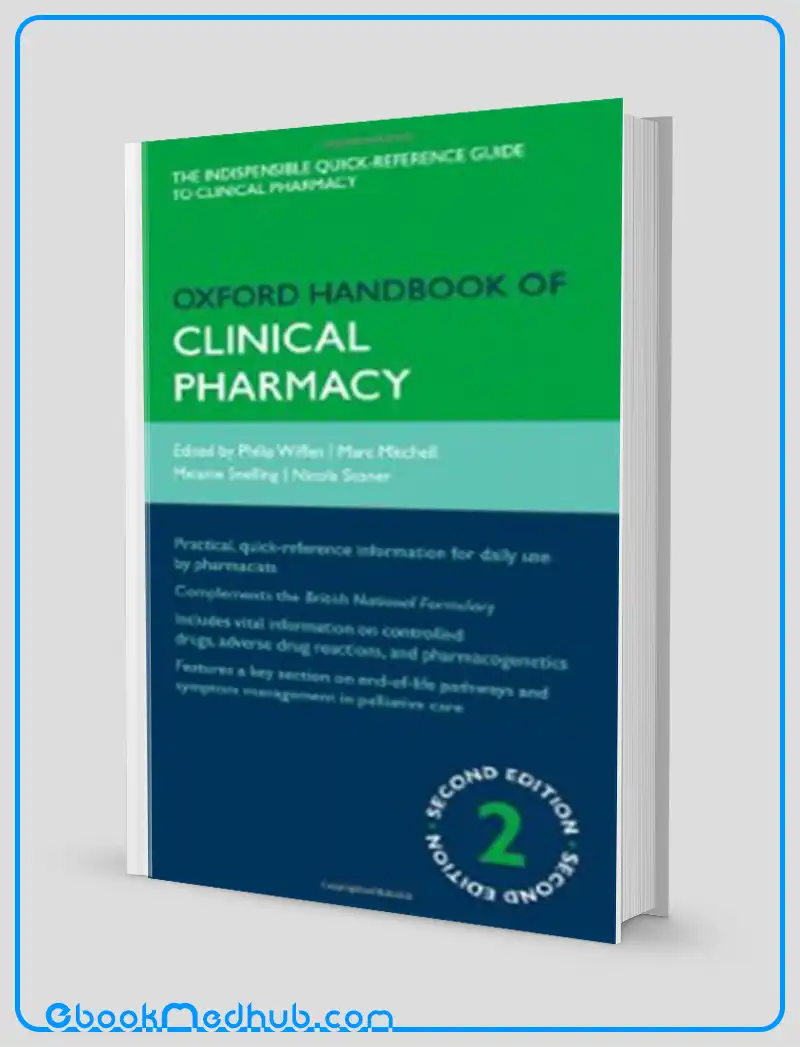




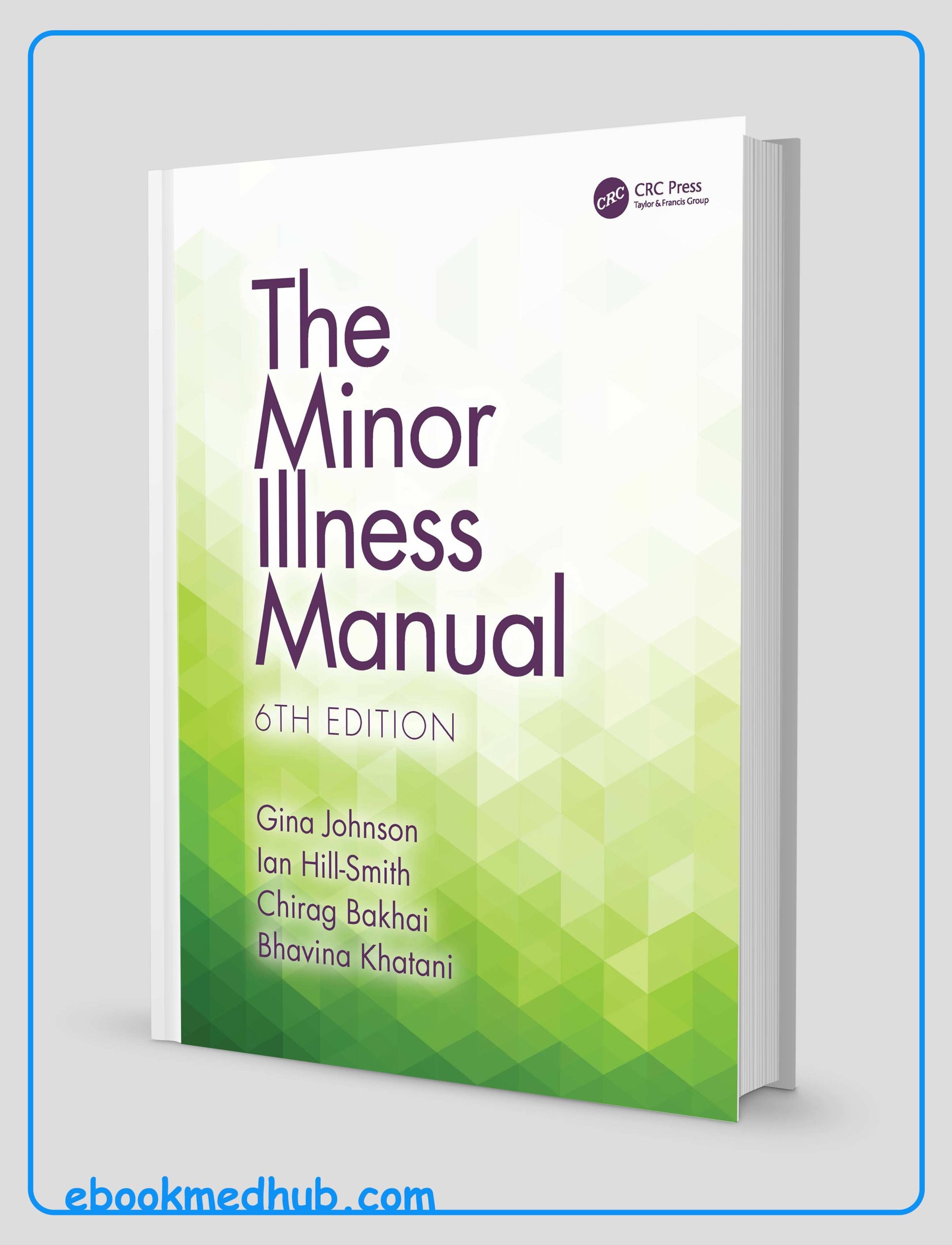
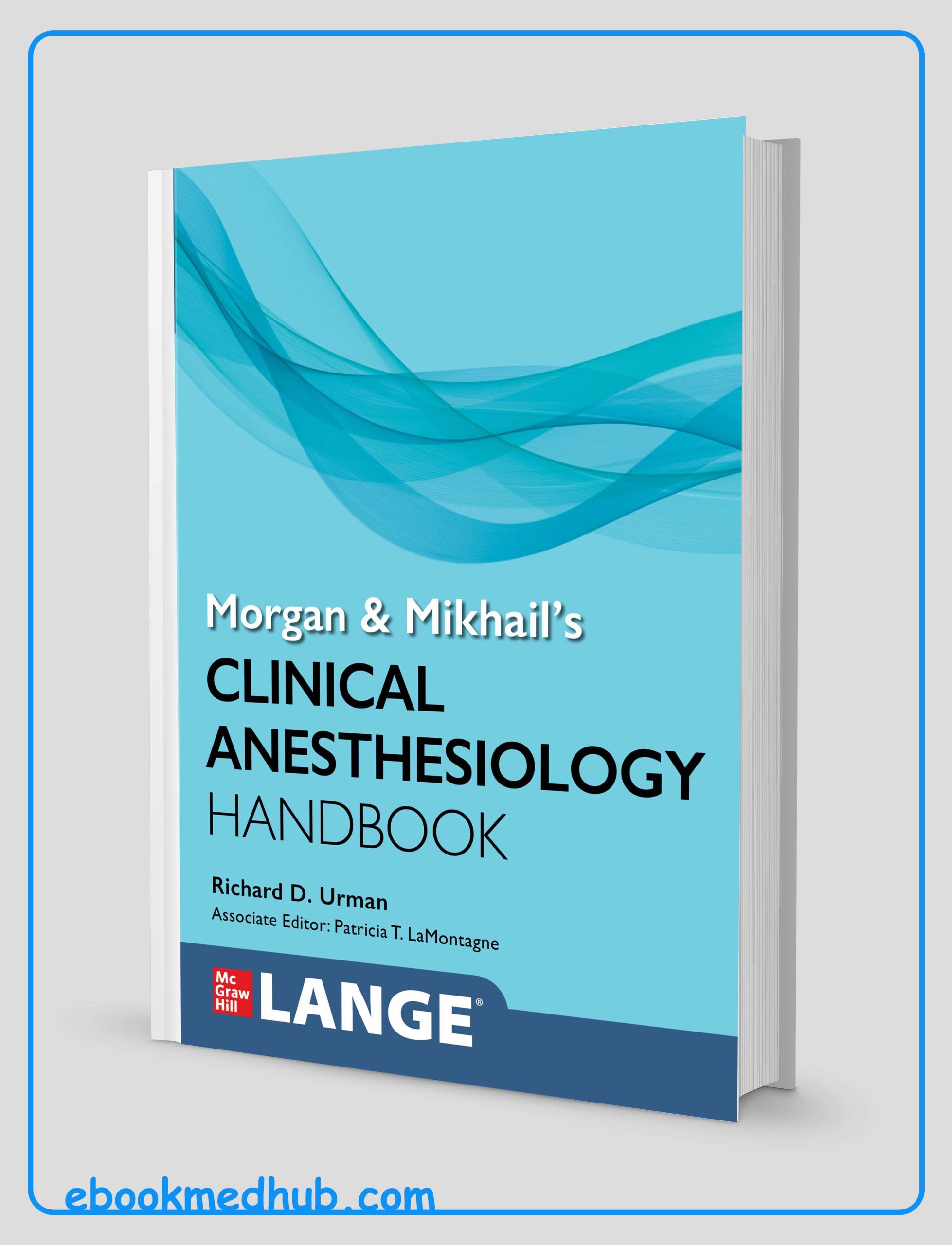

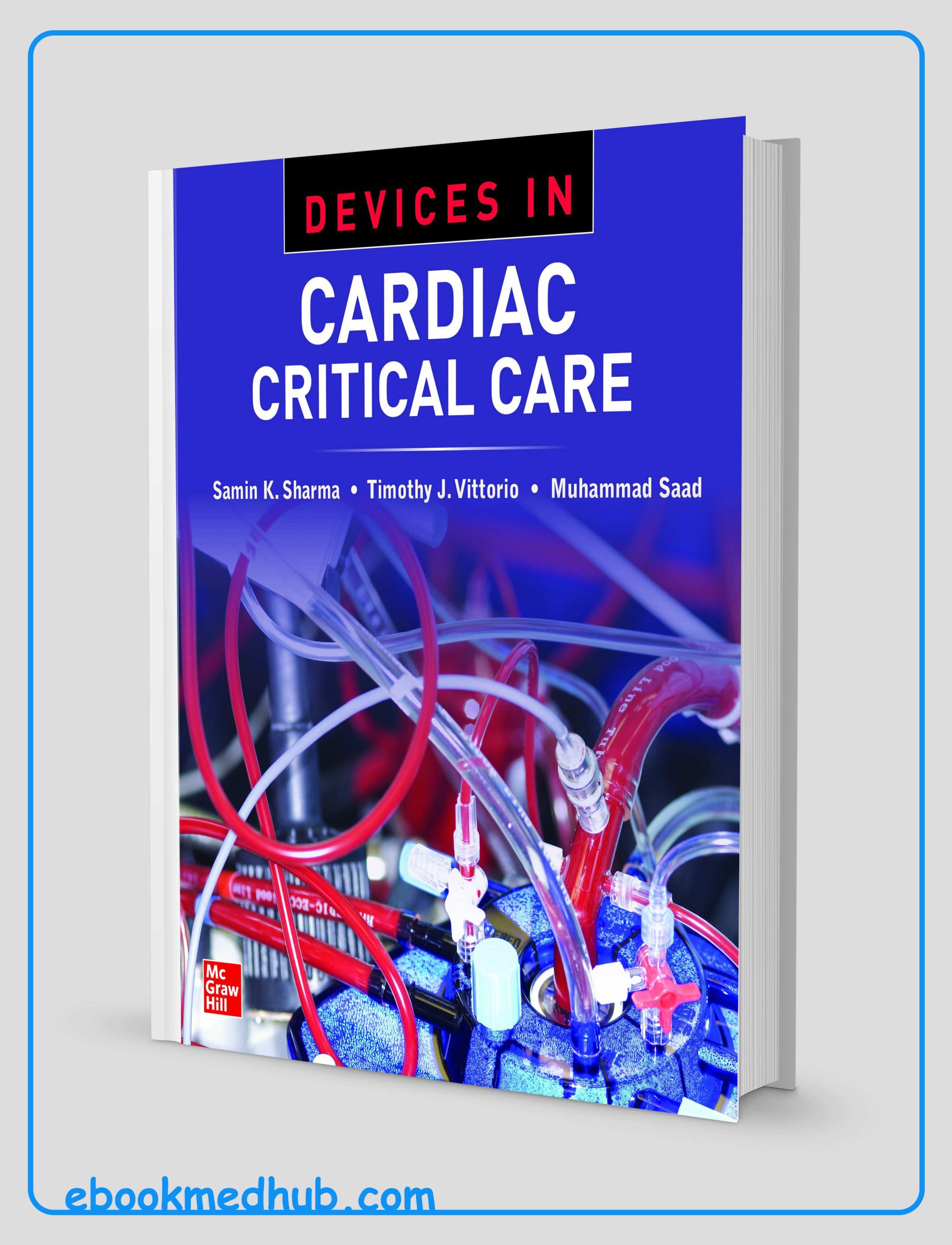
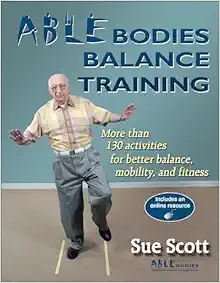
Reviews
There are no reviews yet.